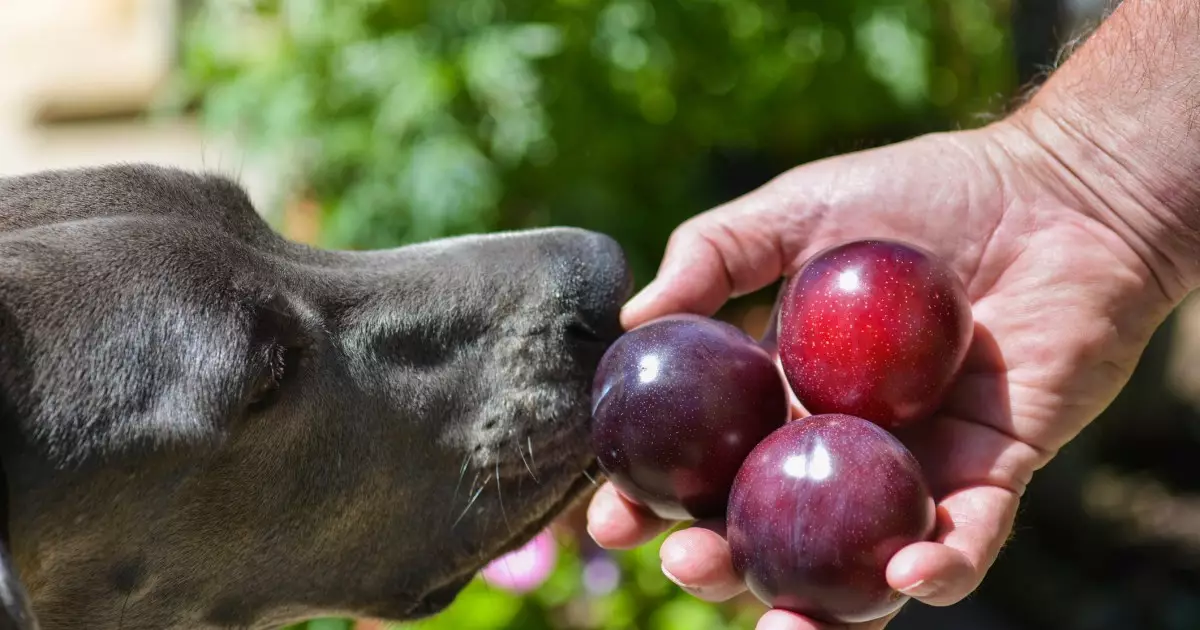Many dog owners find joy in sharing their favorite snacks with their furry companions, but not all human foods are safe for our canine friends. The question of whether dogs can eat plums often arises when one is enjoying this sweet fruit. In the quest to pamper our pets, it’s essential to evaluate the potential risks associated with certain foods. While dogs can sometimes enjoy fruits like apples or bananas as healthy treats, plums present unique dangers that should not be overlooked.
The Toxic Composition of Plums
At first glance, plums appear harmless, especially the ripe, juicy flesh that humans relish. However, lurking within this seemingly innocuous fruit are substances that can be incredibly harmful to dogs. The pit, along with the leaves, stems, and flowers of the plum plant, contains a compound known as cyanogenic glycosides, particularly amygdalin and prunasin, which can produce cyanide when metabolized. Even a small amount of these components can lead to troubling health consequences in dogs. While the flesh may not be toxic in itself, it is crucial to ensure that your dog does not have access to any part of the plum plant other than the fruit itself.
Symptoms of Plum Poisoning: What to Watch For
If your dog has ingested any part of a plum—and especially the pit—it’s crucial to be vigilant regarding their health. Typical symptoms of plum poisoning include tremors, vomiting, and respiratory difficulties. In severe cases, ingestion can lead to kidney failure, a serious and potentially fatal condition. Symptoms may not appear immediately, so it’s important to monitor your pet for any unusual behavior or signs of distress. Responsible pet ownership includes knowing what symptoms to look for and acting promptly if you suspect poisoning.
What to Do If Your Dog Eats Plums
It’s recommended that dog owners remain calm but proactive if they discover their pet has consumed plums or any other potentially harmful food. Assess the situation: how much of the plum did your dog eat, and which parts? If your dog has merely nibbled on the flesh, the risk may be minimal. However, if the pit or leaves were ingested, immediate veterinary assistance is critical. Vets may perform an examination and could administer treatments like sodium nitrite, which helps detoxify the cyanide in a dog’s bloodstream.
Preventing Plum Poisoning: A Responsible Approach
The best defense against plum toxicity is prevention. Keep your kitchen safe by ensuring that plums and other toxic foods are out of reach of curious canines. When considering fruit as a treat, always do your research first. There are many dog-safe fruits available that can offer a nutritious and tasty alternative, such as blueberries or watermelon, which do not carry the same hazards as plums. Ultimately, prioritizing your dog’s health and safety should guide your choices when it comes to sharing food with them.

